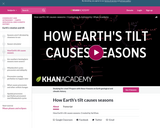
How Earth's tilt causes seasons. Created by Sal Khan.
- Subject:
- Astronomy
- Physical Science
- Material Type:
- Lesson
- Provider:
- Khan Academy
- Provider Set:
- Khan Academy
- Author:
- Sal Khan
- Date Added:
- 06/26/2018

How Earth's tilt causes seasons. Created by Sal Khan.

Students explore the height of various things between sea level and space to understand the scale of the atmosphere.
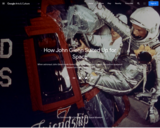
When astronaut John Glenn made history as the first American in orbit, his custom spacesuit helped him make the journey.

Students will study through investigation the effects of light pollution on night sky observation. They will share their results and suggest improvement within the community.
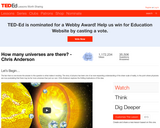
The fact that no one knows the answer to this question is what makes it exciting. The story of physics has been one of an ever-expanding understanding of the sheer scale of reality, to the point where physicists are now postulating that there may be far more universes than just our own. Chris Anderson explores the thrilling implications of this idea. A quiz, thought provoking question, and links for further study are provided to create a lesson around the 5-minute video. Educators may use the platform to easily "Flip" or create their own lesson for use with their students of any age or level.

So how do you put on a spacesuit? Very carefully! Even in the case of custom-made suits from the Apollo era.

In this activity, students investigate how the atmosphere changes with altitude. They will obtain atmospheric data for locations of their choosing using online resources, graph it, and examine it to answer questions about changes in temperature, pressure, humidity, and dewpoint with altitude.
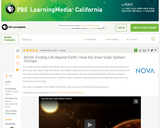
In this video segment adapted from NOVA, explore the theory that small bits of gas and dust combined to form protoplanets billions of years ago, which in turn collided to create the four rocky planets of the inner solar system.

Telescopes make distant objects appear nearer, using a combination of lenses and mirrors. If you happen to have no telescopes or binoculars at home, and you can make one yourself! Take note that the images may appear upside down.
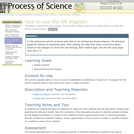
Astronomy students learn how to use the Hertsprung-Russel diagram by plotting stellar data. HR diagram then reveals evolutionary stage of stars.

S-wave shadow and P-wave detection patterns give us information about the core. Created by Sal Khan.
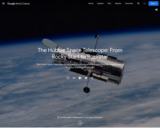
The Hubble Space Telescope has provided us with remarkable insights into our universe, but its start was anything but smooth.
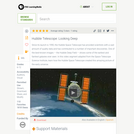
This video segment adapted from the Space Telescope Science Institute shows what the Hubble telescope found when it stared at a single, nearly empty spot in the sky for 10 days in 1995. The unexpected result was a picture of a multitude of galaxies stretching into the distance.
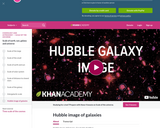
A presentation of some Hubble Image of Galaxies. Created by Sal Khan.
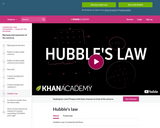
Hubble's Law. Created by Sal Khan.
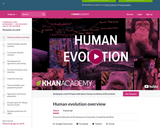
From the extinction of the dinosaurs to humanity. Created by Sal Khan.
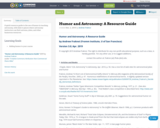
A quick resource guide to the use of humor in teaching astronomy, with links to places where astronomy instructors can find cartoons, jokes, and other humorous resources.

In this activity, students investigate data from Hurricane Ivan, the September 2004 storm that devastated the Caribbean Islands and the Alabama Gulf Coast before looping across Florida and back into the Gulf of Mexico, where it regenerated into a new storm system. They will analyze data on the storm's location, windspeed, and barometric pressure, develop study questions, and map the hurricane's position at selected intervals.
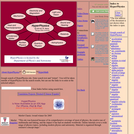
Online tutorials covering a wide range of physics topics, including modern physics and astronomy.
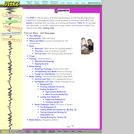
The EERC at the University of Bristol has developed an Earthquake Engineering Competition that challenges secondary school students to design and make small scale models of buildings that can withstand strong earthquakes. Provided on the website are tips for model design and construction, load testing advice, and a gallery of models organized by various characteristics.